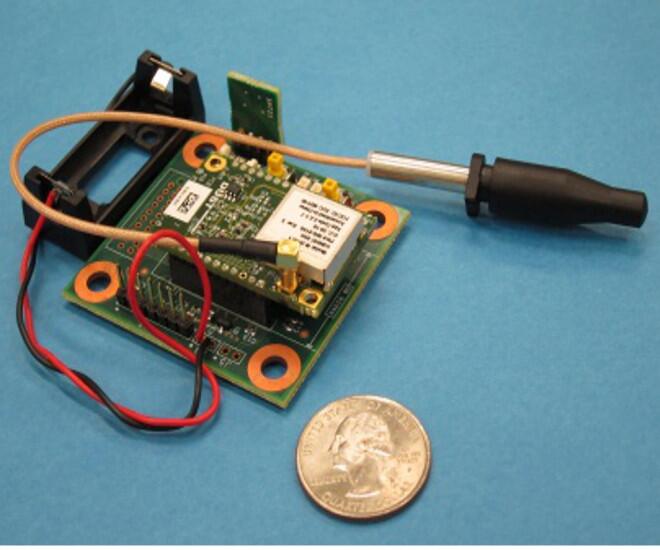IoT: An old idea reappearing in new guise
Article By : Barry J Sullivan

One effect of the expanded ability to share data among devices is the proliferation of sensors to collect it.
Keeping an eye on technology trends and speculating about their impact on my employer of the moment has been part of my job for more than 20 years. As long as the consequences of making a bad call are not too dire, it’s something I enjoy as well. And now that my job includes blogging for this community, my scope covers anything related to electronic design.
Lately, I’ve been hearing a lot about the Internet of Things, or IoT for short. Like many trends, it’s the latest incarnation of something that’s been around a while already. In this case, it’s machine-to-machine communications, which I had just gotten used to associating with the acronym M2M.
I have learned not to dismiss technology reincarnations with an “I’ve seen this one before” wave of the hand. Oftentimes, old ideas reappear in new guises because of the emergence of new enabling technologies. As you might guess from its name, IoT is all about extending Internet technology to the world of autonomous devices and other instances of electronic communications sans people.
Anyone working in industrial controls can tell you that machines and devices have been talking to each other without human intervention for a long time. For the most part, however, this has been over relatively small-scale, local networks using proprietary protocols. In the IoT era, devices are interconnected using the same technology as the public Internet, making it entirely possible that the packets delivering this blog to your screen were intermingled with packets of thing-to-thing communications.
So what impact might the IoT have on those who work in electronic design? One effect of the expanded ability to share data among devices is the proliferation of sensors to collect it. The demand to integrate sensors into the design of larger systems will increase, just as the need to include communication interfaces—wireless in particular—will continue to grow.
The IoT with all of those sensors measuring, collecting, and sharing is closely linked with another current trend, the “big-data” phenomenon. Improving the methods and means for managing large volumes of data has only increased our appetite for more of it. We should expect the demand for gear to store and process the data collected by the IoT to grow as well.
I learned a long time ago about our ability to consume available capacity. The hard drive I knew would hold every document I could ever create suddenly looked pretty small when I realised I could store images on it, too. When I first heard about the increased address space IPv6 would create, I wondered why we needed more IP addresses than the population of the planet. Now that the Internet of Things is here, I’m not worried about idle address space once IPv6 is fully implemented. And I think it’s going to keep those who work in electronic design busy for a while, too.
This article originally appeared in DesignCon Community under the headline "The Internet of Things."
Subscribe to Newsletter
Test Qr code text s ss


